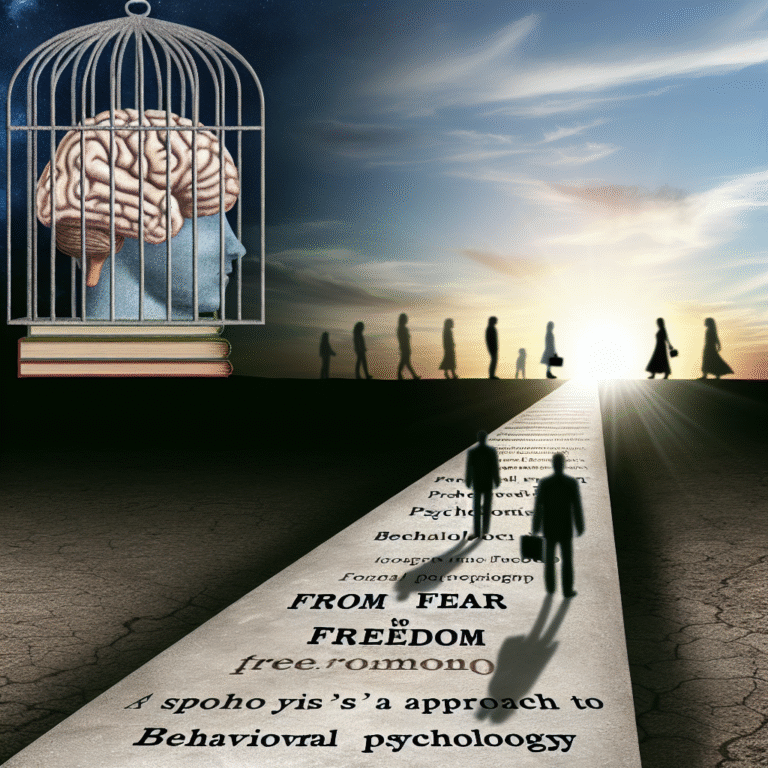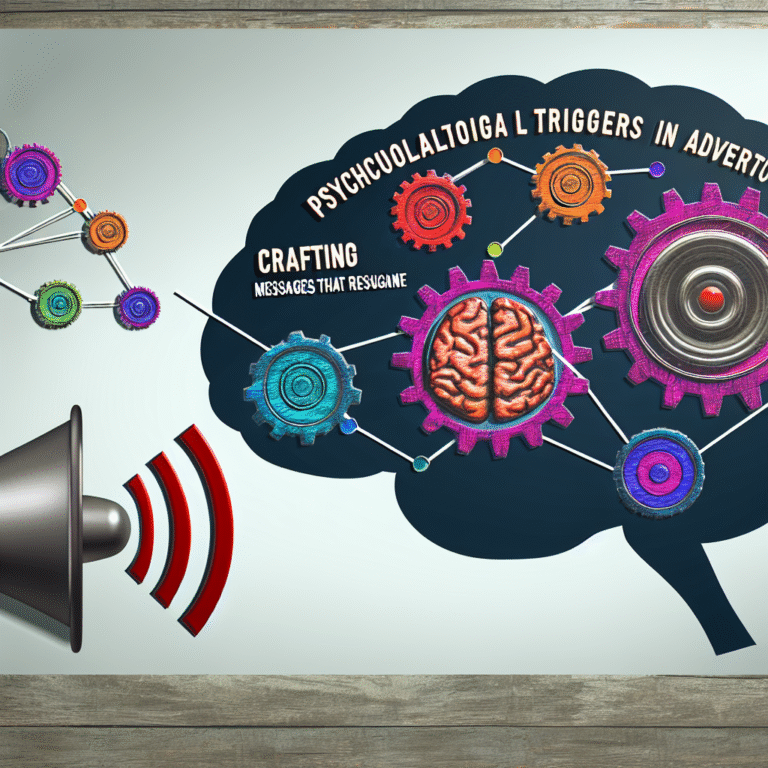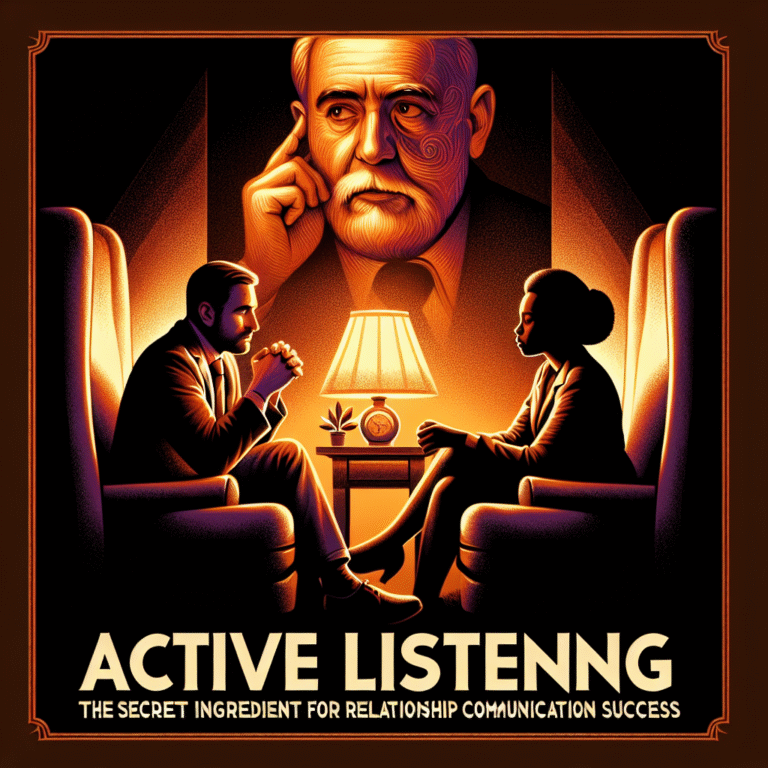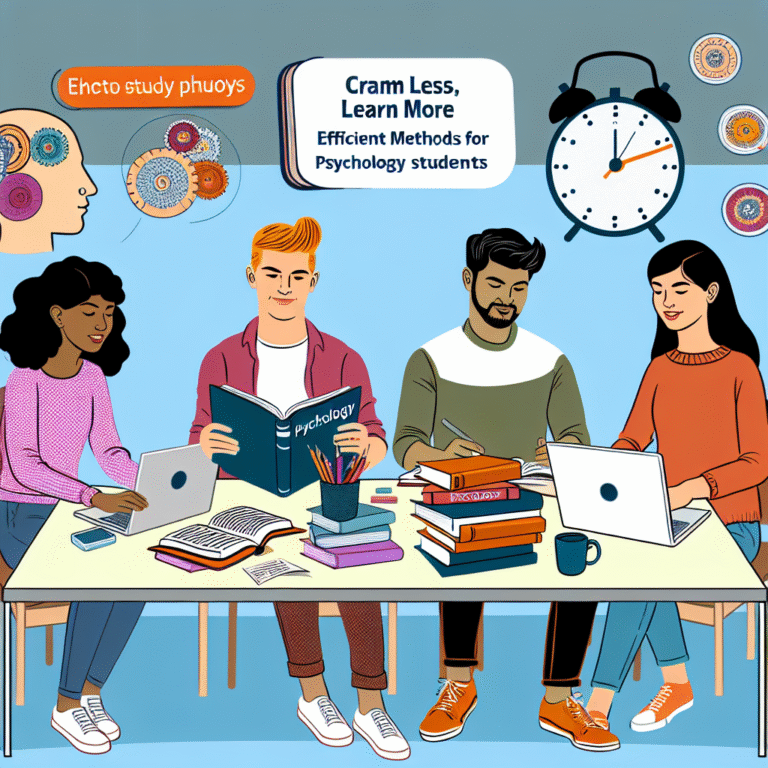
Foundations of Support: Understanding the Science Behind Behavioral Psychology in Autism Therapy
Introduction
Autism spectrum disorder (ASD) is characterized by a range of developmental conditions that affect communication, behavior, and social interaction. With increasing prevalence rates, understanding effective intervention strategies has never been more crucial. This is where "Foundations of Support: Understanding the Science Behind Behavioral Psychology in Autism Therapy" comes into play. Behavioral psychology has emerged as a cornerstone in developing effective therapies for individuals on the autism spectrum. This article unpacks the intricate science behind these therapies, providing insights, case studies, and a greater understanding of how to navigate the complex world of autism therapy.
The Pillars of Behavioral Psychology in Autism Therapy
What is Behavioral Psychology?
Behavioral psychology, or behaviorism, focuses on observable behaviors and the ways they’re learned and reinforced. Established by researchers like B.F. Skinner and John Watson, this discipline emphasizes the role of environmental factors in shaping behavior. In the context of autism therapy, behavioral psychology provides the framework for designing interventions that promote positive behaviors while minimizing challenging ones.
Key Concepts in Behavioral Psychology
Understanding the foundations of behavioral psychology can significantly enhance autism therapy. Here are some of the core concepts:
Operant Conditioning: This principle involves the use of rewards and punishments to increase or decrease specific behaviors. In autism therapy, positive reinforcement is often employed to encourage desirable behaviors.
Behavior Modification: Tailoring interventions to modify specific behaviors is vital in ASD therapy. Techniques such as Applied Behavior Analysis (ABA) use this method for maximum effectiveness.
- Social Learning Theory: This concept posits that people learn from observing others. In autism therapy, modeling positive behaviors can help individuals emulate appropriate social interactions.
The Role of the Therapist
Building Connections and Trust
Therapists play a pivotal role in the effectiveness of behavioral interventions. They aren’t just instructors; they are supporters, guides, and sometimes, advocates. By establishing rapport and trust, therapists create a safe environment conducive to learning and growth.
Case Study: The Role of the Therapist in ABA Therapy
In a recent case study with a 7-year-old diagnosed with ASD, the therapist implemented ABA strategies focusing on improving communication skills. By building a rapport through engaging activities, the child became more receptive to learning, resulting in a significant increase in communicative attempts over a six-month period. The therapist’s foundational support was critical in fostering this success.
Techniques in Behavioral Therapy
Applied Behavior Analysis (ABA)
ABA is one of the most widely recognized and proven therapies for autism and incorporates principles of behavioral psychology. It involves the systematic application of behavioral techniques to teach functional skills and reduce problematic behaviors.
Techniques within ABA:
Discrete Trial Training (DTT): This method breaks down skills into small, measurable components. Each trial is distinct, with specific instructions, responses, and reinforcement.
- Natural Language Acquisition: This approach prioritizes communication in natural settings and contexts, making it more relatable and easier for individuals to understand.
Social Skills Training (SST)
This method targets the acquisition of social behaviors crucial for everyday interactions. SST often employs role-playing and social stories to illustrate appropriate social cues, thereby enhancing communication and relationship-building skills.
Visual Supports and Schedules
Visual supports help individuals with autism understand expectations and rules more clearly. Visual schedules, for example, can reduce anxiety by providing a clear roadmap of daily activities.
Positive Behavior Interventions and Supports (PBIS)
PBIS is a proactive approach aimed at improving student behavior and learning outcomes. By focusing on prevention, it establishes a positive school culture, crucial for students with autism.
Emotion Regulation Training
This technique involves teaching individuals how to identify and manage their emotions, a vital part of social interaction and effective communication.
Evidence of Effectiveness: Research and Statistics
Behavioral psychology’s contributions to autism therapy are well-documented. According to a review by the National Autism Center, ABA is the most effective intervention for children with ASD, with evidence showing over 75% of participants displaying improved functioning after treatment.
Table 1: Effectiveness of Behavioral Interventions
| Intervention Type | Duration | Effectiveness Rate |
|---|---|---|
| Applied Behavior Analysis | 25-40 hours/week | 75% – 80% |
| Social Skills Training | Varies | 75% |
| Positive Behavior Support | Continuous | 70% – 85% |
This table illustrates the varying effectiveness rates of major behavioral interventions, highlighting the significance of structured support.
Creating a Comprehensive Support Plan
Individualized Education Plans (IEPs)
IEPs are essential in tailoring educational and therapeutic interventions to meet the unique needs of autistic individuals. Collaborating with educational professionals enhances outcomes and ensures cohesive support.
Family Involvement
Family participation is crucial for effective therapy. Engaging family members in the therapeutic process strengthens familiarity, promotes consistency, and fosters a supportive environment.
Case Study: Family-Centric Approach
A family of an adolescent with autism engaged in joint therapy sessions, focusing on applying learned skills in both therapeutic and home settings. Over six months, improvements in communication and social interactions were noted not only in the adolescent but also in family dynamics.
Long-term Outcomes of Behavioral Interventions
Quality of Life Improvements
Studies show that behavioral interventions significantly enhance the quality of life for individuals with autism. These interventions lead to improvements in social skills, adaptive behavior, and independence levels, which are incredibly valuable throughout the lifespan.
Increased Independence: Acquisition of daily living skills leads to higher levels of independence, contributing to a more fulfilling life.
- Enhanced Social Interactions: Improved communication and social skills open doors for meaningful relationships and connections.
Challenges and Solutions
While behavioral psychology provides a solid foundation for autism therapy, challenges remain. Some individuals may not respond positively to traditional techniques, necessitating a variety of approaches tailored to their specific needs.
Case Study: Alternative Approaches
A 9-year-old diagnosed with ASD displayed resistance to conventional ABA methods. After assessment, therapists introduced alternative, playful approaches rooted in natural play therapy, resulting in better engagement and responsiveness.
Future Directions in Behavioral Therapy
Integrative Approaches
The future of autism therapy may lie in integrative approaches that combine behavioral psychology with other modalities like cognitive-behavioral therapy (CBT), mindfulness, and social-emotional learning (SEL).
Technological Advancements
Technology, including apps and online platforms, is playing a growing role in autism therapy. These tools can enhance learning and provide valuable data for therapists, parents, and individuals on the spectrum.
Conclusion
The journey through autism therapy is unique for each individual, but the "Foundations of Support: Understanding the Science Behind Behavioral Psychology in Autism Therapy" provides a crucial framework for continued progress. Through evidence-based approaches, individualization, and comprehensive support, we can pave the way for better outcomes for individuals with autism. Embracing the principles of behavioral psychology allows us to foster understanding, connection, and a brighter future for everyone on the autism spectrum.
FAQs Section
1. What is the primary goal of behavioral therapy in autism?
The primary goal of behavioral therapy in autism is to teach functional skills while reducing challenging behaviors, ultimately enhancing the individual’s quality of life.
2. How do I know if ABA therapy is right for my child?
A qualified professional can assess your child’s unique needs and provide recommendations. Parent testimonials and outcomes from peer-reviewed studies often help inform this decision.
3. Is behavioral therapy a one-size-fits-all approach?
No, behavioral therapy is highly individualized. Therapy plans are tailored based on the specific needs, strengths, and challenges of each person with autism.
4. How involved should family members be in the therapy process?
Family involvement is critical. Engaging family members enhances consistency in implementing strategies, resulting in more effective outcomes.
5. What can I do if my child’s therapy isn’t producing the expected results?
If therapy is not producing the expected outcomes, consult your therapist or educational team. They may recommend adjustments to the approach, additional strategies, or even alternative therapies based on your child’s unique preferences and strengths.
In conclusion, understanding the "Foundations of Support: Understanding the Science Behind Behavioral Psychology in Autism Therapy" can empower families and providers alike to make informed, effective choices in intervention strategies. Through a collaborative approach that emphasizes evidence-based practices and individualization, we can create a supportive pathway for individuals with autism to thrive.














